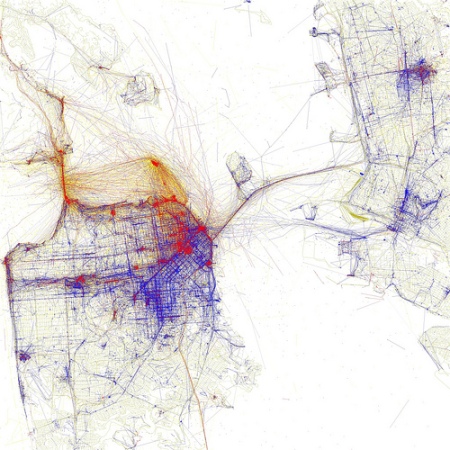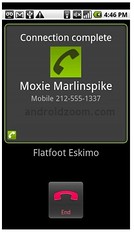When you run clip.exe, whatever comes into its standard input is put onto the clipboard. So when you need to move the result of something in your command window somewhere else you can pipe the result into clip.exe. Then you won't have to worry about the irritating way cmd.exe does block copy/pasting and you avoid having to manually fixup line breaks in wrapped lines. For instance, you can put the contents of a script into the clipboard with:
more cdo.cmd | clipI've got a lot of stuff dumped in my bin folder that I sync across all my PCs so I didn't realize that clip.exe is a part of standard Windows installs.
Nice for avoiding the block copy in cmd.exe but I'd prefer to have the contents sort of tee'd into the clipboard and standard output. So TeeClip.ps1:
$input | tee -var teeclipout | clip;
$teeclipout;
I'm trying to learn and use PowerShell more, but plenty of other folks I know don't use PowerShell. To allow them to use my scripts I use the following cmd.exe batch file to make it easy to call
PowerShell scripts. To use, just name the batch file name the same as the corresponding PowerShell script filename and put it in the same directory.
@echo off
if "%1"=="/?" goto help
if "%1"=="/h" goto help
if "%1"=="-?" goto help
if "%1"=="-h" goto help
%systemroot%\system32\windowspowershell\v1.0\powershell.exe -ExecutionPolicy RemoteSigned -Command . %~dpn0.ps1 %*
goto end
:help
%systemroot%\system32\windowspowershell\v1.0\powershell.exe -ExecutionPolicy RemoteSigned -Command help %~dpn0.ps1 -full
goto end
:endAdditionally for PowerShell scripts that modify the current working directory I use the following batch file:
@echo off
if "%1"=="/?" goto help
if "%1"=="/h" goto help
if "%1"=="-?" goto help
if "%1"=="-h" goto help
%systemroot%\system32\windowspowershell\v1.0\powershell.exe -ExecutionPolicy RemoteSigned -Command . %~dpn0.ps1 %*;(pwd).Path 1> %temp%\%~n0.tmp 2> nul
set /p newdir=I used FiddlerCore in GeolocMock to edit HTTPS responses and ran into two stumbling blocks that I'll document here. The first is that I didn't check if the Fiddler root cert existed or was installed, which of course is necessary to edit HTTPS traffic. The following is my code where I check for the certs.
if (!Fiddler.CertMaker.rootCertExists())
{
if (!Fiddler.CertMaker.createRootCert())
{
throw new Exception("Unable to create cert for FiddlerCore.");
}
}
if (!Fiddler.CertMaker.rootCertIsTrusted())
{
if (!Fiddler.CertMaker.trustRootCert())
{
throw new Exception("Unable to install FiddlerCore's cert.");
}
}The second problem I had (which would have been solved had I read all the sample code first) was that my changes weren't being applied. In my app I only need the BeforeResponse but in order to modify the response I must also sign up for the BeforeRequest event and mark the bBufferResponse flag on the session before the response comes back. For example:
Fiddler.FiddlerApplication.BeforeRequest += new SessionStateHandler(FiddlerApplication_BeforeRequest);
Fiddler.FiddlerApplication.BeforeResponse += new SessionStateHandler(FiddlerApplication_BeforeResponse);
...
private void FiddlerApplication_BeforeRequest(Session oSession)
{
if (IsInterestingSession(oSession))
{
oSession.bBufferResponse = true;
}
}
